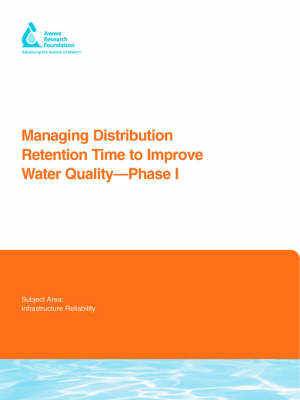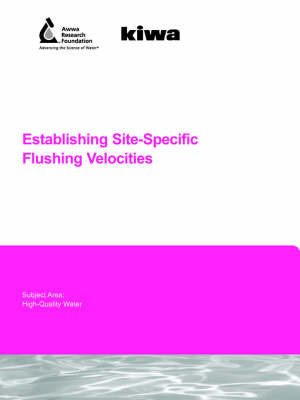Water Research Foundation Report
2 total works
Managing Distribution Retention Time to Improve Water Quality
by Malcolm J. Brandt, Jonathan Clement, James Powell, Rob Casey, David Holt, Neil Harris, and Chi Tuan Ta
Published 1 February 2005
When water leaves a treatment works and travels through a distribution system, its quality, with respect to many chemical and biological parameters, will degrade. The quality of the delivered water will be largely influenced by: The quality of treated water supplied into the network The condition of distribution assets within the network The retention time within the network. The water industry has focused predominantly on the quality of treated water and the physical condition of distribution assets when improving the quality of water at the customer?s tap. However the quality of the water delivered is also affected by the time the water is retained in the different elements of the distribution network. Retention time is controlled both by the physical characteristics of the system and the operational regime. Physical characteristics such as pipe roughness may change throughout the life of the asset or be modified by rehabilitation. The aim of this research is to demonstrate that water quality within distribution networks can be managed effectively by controlling retention time and to develop practical and pragmatic methodologies for doing so.
Establishing Site-Specific Flushing Velocities
by Melinda J. Friedman, Katherine Martel, Andrew Hill, David Holt, Sian Smith, Tuan Ta, Chris Sherwin, David Hiltebrand, Peter Pommerenk, and Zeina Hinedi
Published 1 January 2004
Utilities need guidance related to appropriate flushing velocities in order to achieve a balance between water quality improvements, demand for O&M resources and water conservation. The objective of this project was to determine the range of flushing velocities required to dislodge and remove various accumulated materials from water distribution mains based on site-specific conditions.Twelve utilities from 3 countries (USA, UK, Australia) participated in this study.Research Partner:KIWAOriginally published by AwwaRF for its subscribers in 2003 This publication can be purchased and downloaded via Pay Per View on Water Intelligence Online - click on the Pay Per View icon below

